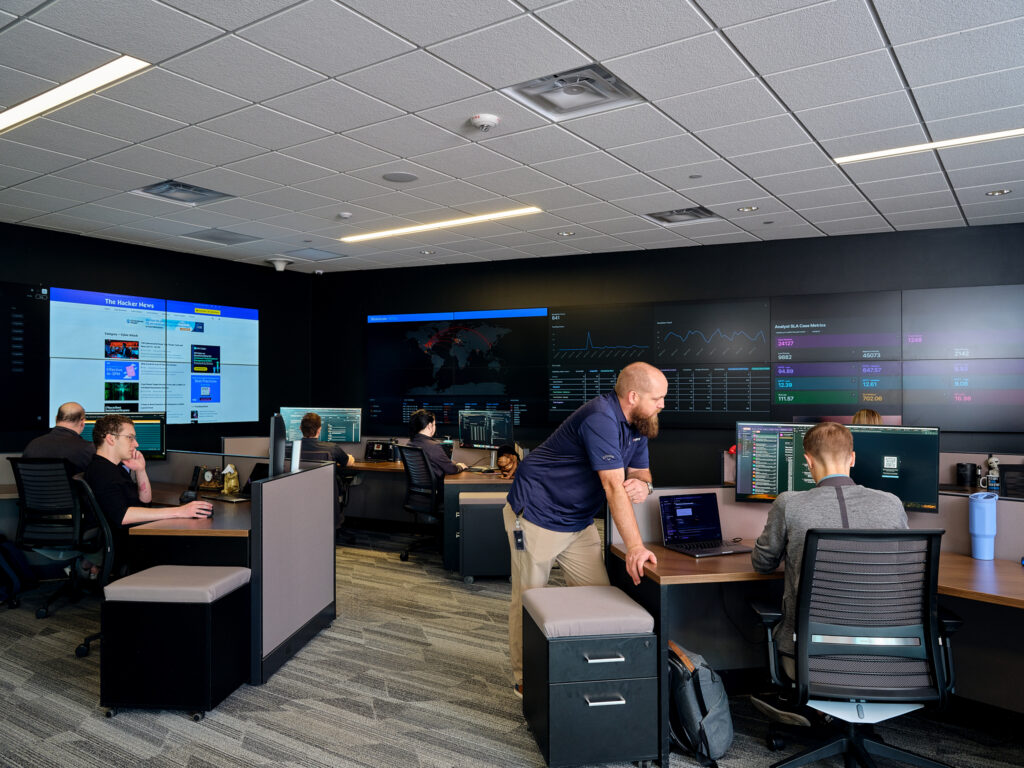With cyberattacks on the rise, it has never been more important for organizations to bolster their security and compliance posture. However, not all businesses are ready to build their own security teams, and not all cybersecurity solutions can account for their client’s unique needs.
That’s where Managed Security Service Providers (MSSPs) come in. By outsourcing cybersecurity functions to an MSSP, businesses can get the comprehensive security
management they need at a lower cost than building out traditional security infrastructure. This white paper will explain what MSSPs are capable of and how businesses can find the right one for their unique security and compliance needs.
- MSSPs are information technology (IT) service providers that protect businesses from security
threats, maintain compliance and resolve internal vulnerabilities. - Experienced MSSPs provide comprehensive cybersecurity monitoring and management,
including virus and spam blocking, and intrusion detection. - By outsourcing security to an MSSP, businesses can reduce their security costs by
eliminating the need for in-house security specialists and equipment. - Not every service offered by an MSSP is necessary for a specific business or industry.
Choosing the right MSSP is vital to achieve optimum security and cost-effectiveness.







